Watch Out! Cuban Animal Protectors are in the Streets
By Irina Echarry
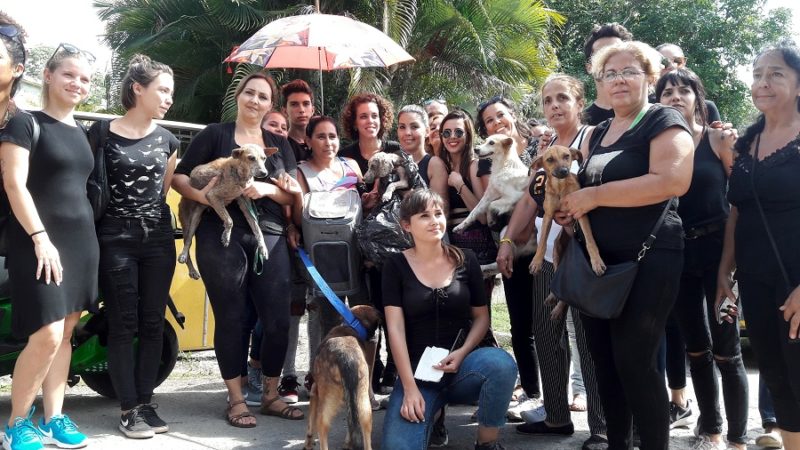
HAVANA TIMES – Cuban animal protectors congregated at the entrance of the Canine Observation Center, better known as Zoonosis. This time, without official permits, protected by the desire of a less cruel society, and outraged by the intensive “sanitation” of the city, which consists of collecting stray dogs to kill him.
The protectors are fed up. It’s not only the capture that is horrible, but these days they are not respecting the times established for their possible claim, they are killing them fast. Some are healthy animals and others have perfectly curable diseases.
“We won’t leave here without the dogs”, that was a unanimous demand because previous days some had tried and were only able to save a few. Nobody knows why they hide or disappear them.
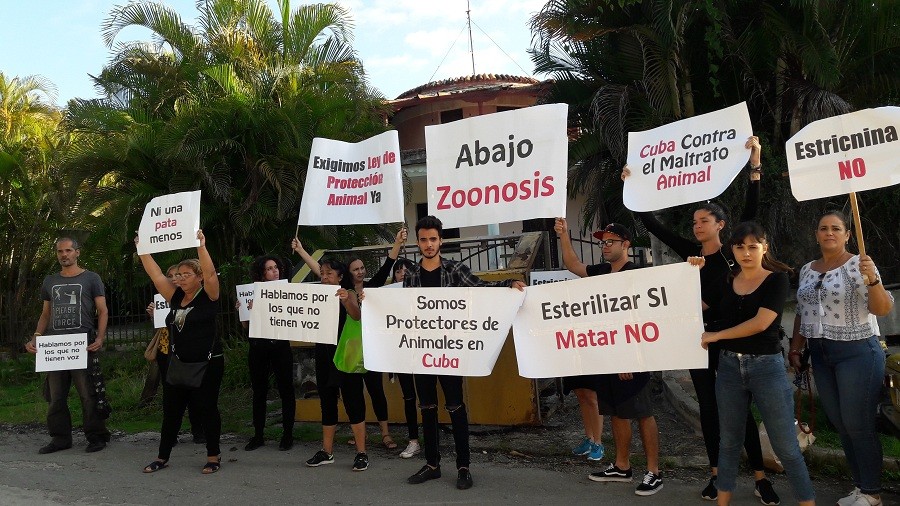
The rumors fly: some say they use them in experiments, that they take them for anatomy classes for veterinary students. Others claim they sell them to breeders of fighting dogs, for training. The rumors increase with the lack of answers, which generates more rejection of the institution and activates people’s instinct to save.
Zoonosis is located in Punta Brava, in Havana’s La Lisa municipality, far away from the city center. To get there early can be a costly affair, but for these passionate and tireless protectors, that is not an impediment.
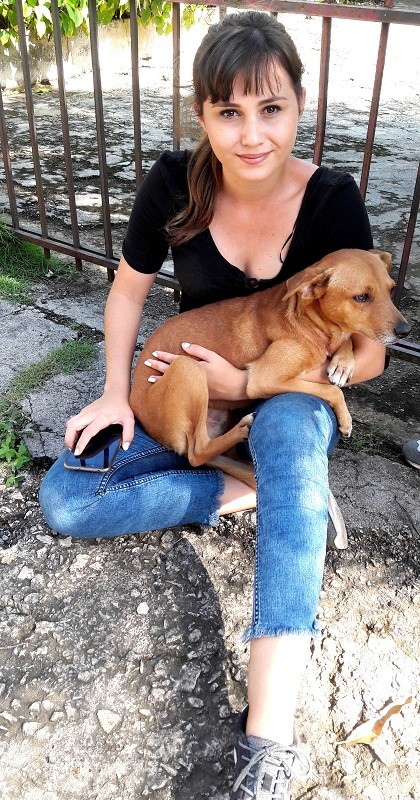
A display of posters demanded the closing down of Zoonosis and its bad practices. One warns about the danger of naturalizing violence against living beings, while yet another demanded an animal protection law.
Signs in the street? Citizen demands on public roads? No, that isn’t possible in Cuba. Officials quickly appeared, policemen in uniform and in civilian clothes, a large contingent, enough to intimidate anyone.
But it turns out that no one was intimidated, because the animal protectors are convinced that the matter can be approached without reaching the barbarism that Zoonosis practices.
Nearby residents chimed in support of that conviction. They said things like: Take out the dogs and set fire to the place; I support you, that’s an injustice; They should close that place, it’s barbaric.
Those were the reactions of the people who live the horror on a daily basis, also some protectors from the area joined with their own signs and told about their life experiences.
One neighbor told firsthand what happens in zoonosis, and the transformations it has undergone in all these years. His grandfather and father worked there, and he himself was a custodian of the place until a week ago: I had to leave because it was too much. Before there were three clean large cages there and it worked as a shelter, dogs were given for adoption, now it is a disaster. They don’t give them food, only water; they lock them all together, the sick and the healthy, the aggressive and the meek. As for the use of strychnine, that method rejected internationally because it causes a painful and slow death, he said that most die quite quickly, perhaps because they are very weak dogs.

Along with the interaction with the locals, there were also conversations with the authorities that arrived. At some point the bulk of the police force withdrew and a few remained. The activists stood firm, energetic and determined to reach an agreement.
In the middle of the “negotiations” a boy appeared on a bicycle to leave a beautiful dog, the owner handed it to one the protectors and said: take her to the canine hostel. That gives a clue that many people don’t know what is done with the dogs.
The achievements of the day were several: a meeting of activists with officials in the Provincial Department of Hygiene and Epidemiology was agreed to seek a joint effort focused on animal welfare. Zoonosis promised to stop the capture and killing of animals until the meeting, and what was most emotional: they handed over to the protectors all the dogs that were already on death row.
There were tears, smiles, tensions with the authorities and local workers, curses and even provocations; but more than a dozen animals’ lives were saved, including the one that came by bicycle. They were transferred to transit homes until they recover and are ready for adoption; Some will leave for Santa Clara.
It is good that this be known, it is healthy for the animal protection movement and for the entire civil society. We can demand our rights when we know that reason is with us, having the courage to protest without permits and unite for a good cause. An activist already warned: here a few of us came out, but when we organized the march last April in a few days, many people came.
The outrage caused by the massacre in recent days could bring out a large number of people.
(Click on an image to display the gallery.)

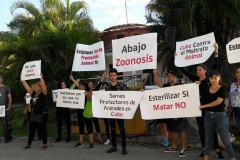
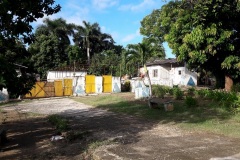
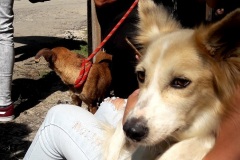
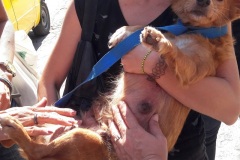
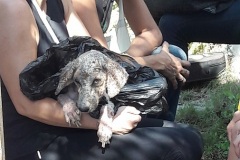
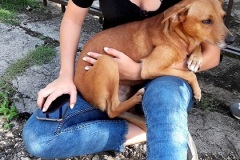



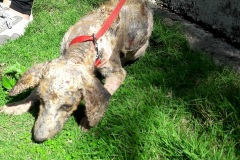
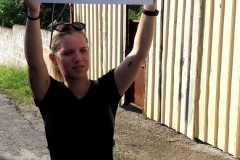
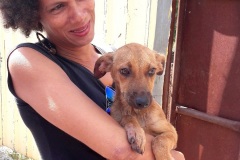
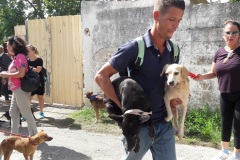

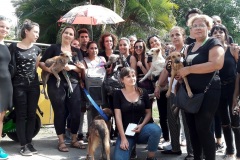
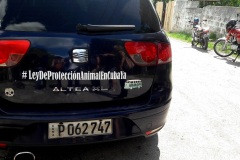





Comments are closed.